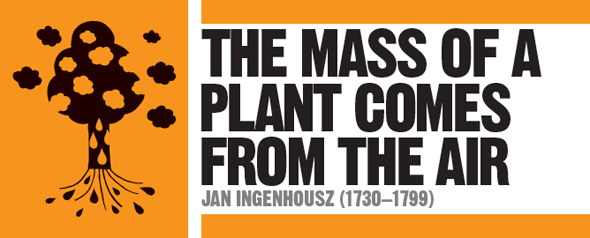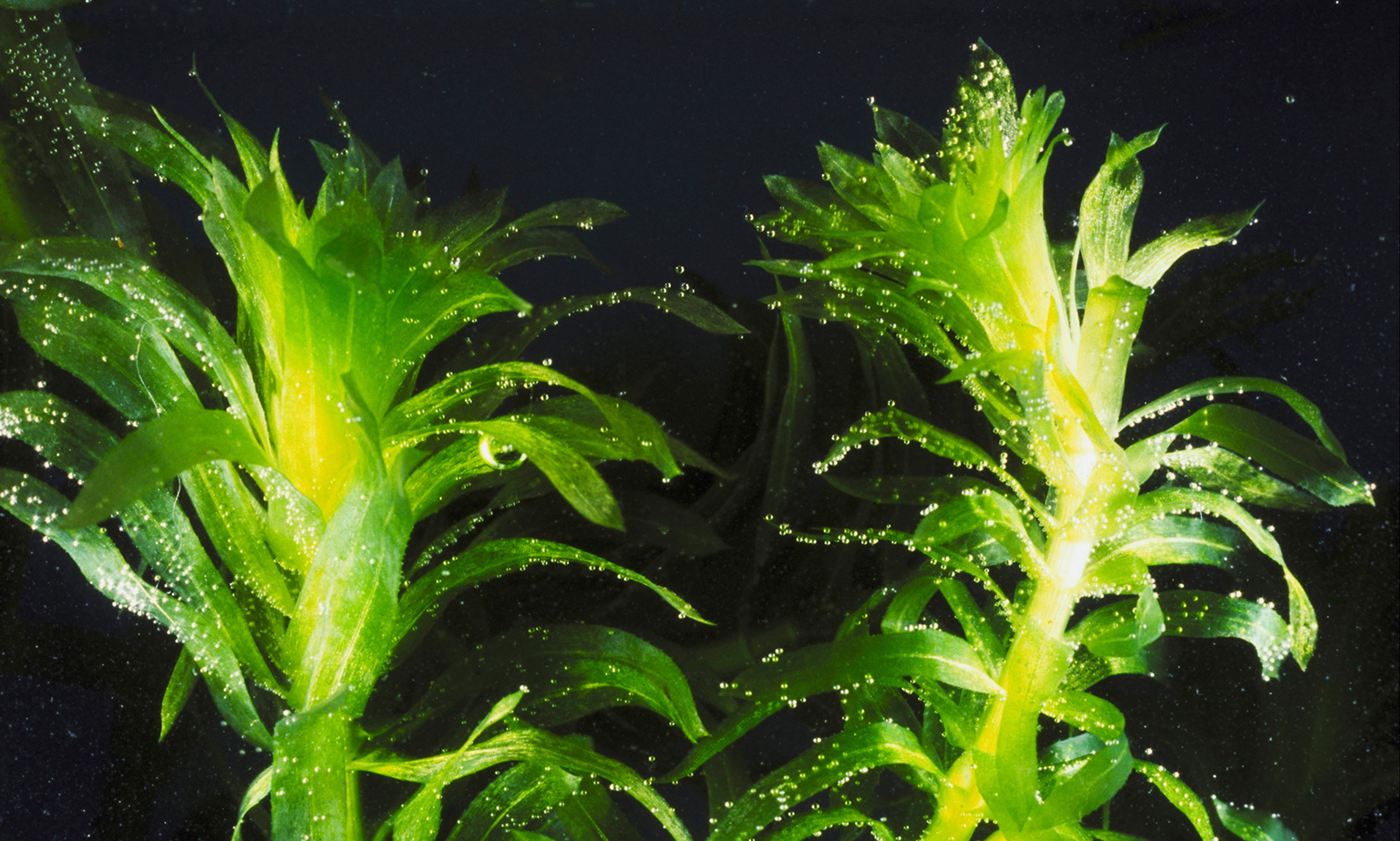
IN CONTEXT
Biology
1640s Flemish chemist Jan Baptista van Helmont deduces that a potted tree gains weight by absorbing water from soil.
1699 English naturalist John Woodward shows that water is both taken in and given off by plants, so their growth needs another source of matter.
1754 Swiss naturalist Charles Bonnet notices that plant leaves produce bubbles of air under water when illuminated.
1796 Swiss botanist Jean Sénébier shows that it is the green parts in plants that release oxygen and absorb carbon dioxide.
1882 German scientist Théodore Engelman pinpoints chloroplasts as the oxygen-making parts in plant cells.
In the 1770s, Dutch scientist Jan Ingenhousz set out to discover why plants, as earlier scientists had noticed, put on weight. Having gone to England, he was doing his research at Bowood House – where Joseph Priestley discovered oxygen in 1774 – and was about to find the keys to photosynthesis: sunlight and oxygen.
Bubbling weeds
Ingenhousz had read how plants in water produce bubbles of gas, but the bubbles’ precise composition and origin were unclear. In a series of experiments, he saw that sunlit leaves gave off more bubbles than leaves in the dark. He collected the gas produced only in sunlight, and found that it re-lit a glowing splint – this was oxygen. The gas given off by plants in the dark put out a flame – this was carbon dioxide.
Ingenhousz knew that plants put on weight with little change in the weight of the soil they grew from. In 1779, he correctly reasoned that gas exchange with the atmosphere, especially the absorption of the gas carbon dioxide, was at least partly the source of a plant’s increased organic matter – that is, its extra mass came from air.
As we now know, plants make their food by photosynthesis – converting energy from sunlight into glucose by reacting the water and carbon dioxide that plants absorb, and releasing oxygen as waste. As a result, plants supply both the oxygen that is vital to life, and – as food for others – the energy. In a reverse process called respiration, plants use the glucose as food and release carbon dioxide, day and night.

Pondweed bubbles at night show respiration as plants convert glucose into energy, absorbing oxygen and releasing carbon dioxide.
See also: Joseph Black • Henry Cavendish • Joseph Priestley • Joseph Fourier